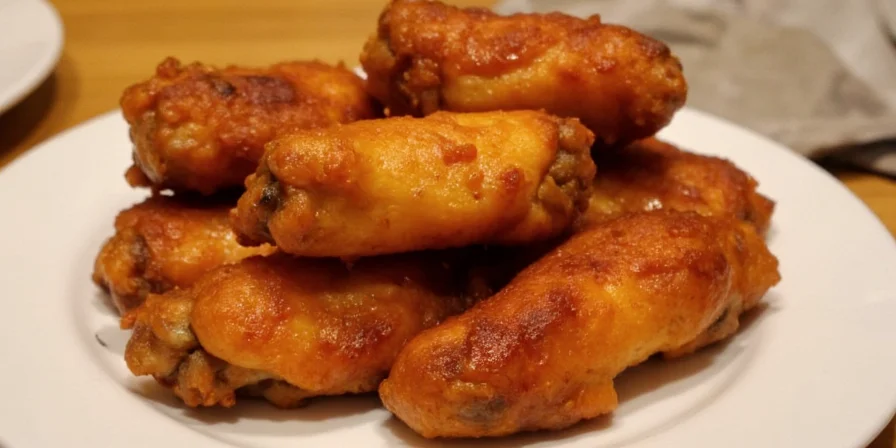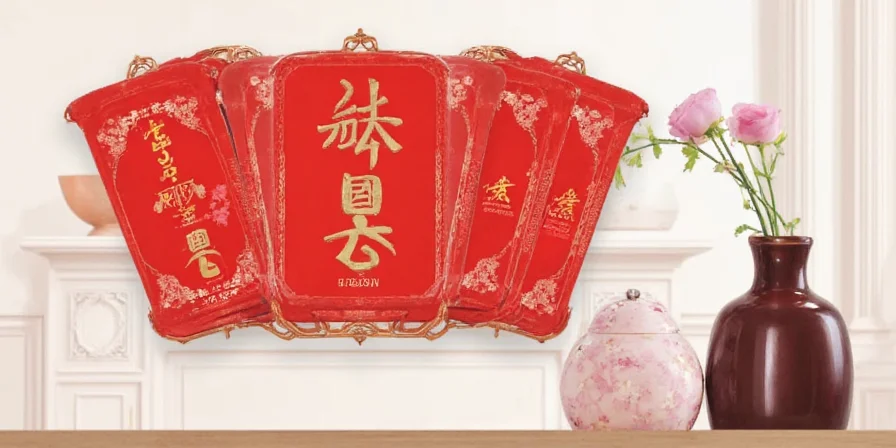Honey chipotle wings deliver an irresistible sweet-heat dynamic, but true flavor mastery comes from strategic spice layering. This guide reveals scientifically backed pairings that transform your wings from ordinary appetizers into complex culinary experiences. Designed for home chefs seeking to elevate game-day menus or dinner party centerpieces, we decode how specific spices interact with honey's fructose and chipotle's smoked capsaicin compounds.
Why Honey Chipotle Wings Need Strategic Spice Pairing
The magic occurs at the molecular level: honey's floral esters react with chipotle's guaiacol compounds during caramelization. Most recipes miss that successful pairings must balance three elements:
- Sweet modulation - Countering honey's potential cloying effect
- Heat management - Complementing rather than competing with chipotle's medium Scoville range (2,500-8,000 SHU)
- Smoke reinforcement - Amplifying rather than masking chipotle's phenolic notes
Understanding these interactions separates memorable wings from forgettable ones.
Science-Backed Spice Pairings for Maximum Impact
1. Cinnamon: The Maillard Reaction Catalyst

Cinnamon's cinnamaldehyde compounds accelerate Maillard browning without adding sugar. This creates deeper caramel notes that enhance honey's natural fructose complexity.
- Optimal application: 1/8 tsp per cup of sauce added during reduction phase
- Chemical interaction: Forms new flavor compounds with honey's hydroxymethylfurfural during heating
2. Smoked Paprika: Synergistic Smoke Amplification

Unlike chipotle (smoked jalapeño), smoked paprika uses different wood types (often oak or hickory), creating layered smoke profiles through varied lignin breakdown products.
- Optimal application: 1 tsp blended into sauce before coating wings
- Chemical interaction: Synergizes with chipotle's creosote compounds for multidimensional smokiness
3. Lime Zest: Acid-Driven Flavor Release

Limonene in lime zest breaks down fat molecules, releasing trapped flavor compounds. This isn't just brightness—it's flavor chemistry at work.
- Optimal application: Zest of 1 lime per batch added after baking
- Chemical interaction: Dissolves capsaicin oil, making heat perception more even
4. Garlic Powder: Sulfur Compound Synergy

Allicin derivatives bind with honey's antioxidants, creating new umami pathways that balance sweetness without added salt.
- Optimal application: 1 tsp rubbed onto wings before baking
- Chemical interaction: Forms thioacetal compounds that enhance perceived richness
5. Ground Ginger: Zingerone Activation

Ginger's zingerone activates TRPV1 receptors differently than capsaicin, creating a "rolling heat" effect that complements chipotle's immediate burn.
- Optimal application: 1/2 tsp blended into warm (not boiling) sauce
- Chemical interaction: Lowers capsaicin's activation threshold for layered heat perception
6. Cayenne: Capsaicin Potentiation

Cayenne's dihydrocapsaicin has higher binding affinity to TRPV1 receptors than chipotle's capsaicin, creating an intensified but shorter heat spike.
- Optimal application: 1/16 tsp added to finished sauce for controlled escalation
- Chemical interaction: Creates heat "peaks" between chipotle's sustained burn
7. Fresh Cilantro: Aldehyde Neutralization

Cilantro's aldehydes chemically neutralize capsaicin's lipid solubility, providing instant heat relief without dairy's texture compromise.
- Optimal application: Chopped leaves sprinkled immediately before serving
- Chemical interaction: Breaks capsaicin's molecular structure for rapid palate reset
Flavor Chemistry Optimization Protocol
- Temperature sequencing: Apply dry spices pre-bake (375°F), wet sauce post-bake (150°F max) to preserve volatile compounds
- Sugar management: Use raw honey (higher enzymatic activity) - avoid pasteurized versions that lose flavor complexity above 118°F
- Heat layering: Build from base (chipotle) → complementary (paprika) → accent (cayenne) for dimensional burn
- Resting chemistry: 5-minute rest after saucing allows starch retrogradation for optimal crispness retention
- Acid timing: Add citrus elements after cooking to prevent pectin breakdown and sogginess
Spice Interaction Reference Table
| Spice | Primary Active Compound | Interaction Mechanism | Optimal Addition Point |
|---|---|---|---|
| Cinnamon | Cinnamaldehyde | Accelerates Maillard reaction | Dry rub before baking |
| Smoked Paprika | Guaiacol derivatives | Smoke compound layering | Sauce during reduction |
| Lime Zest | Limonene | Dissolves capsaicin oil | Post-bake garnish |
| Garlic Powder | Allicin derivatives | Forms umami thioacetals | Dry rub before baking |
| Ground Ginger | Zingerone | Lowers TRPV1 activation | Cooled sauce phase |
| Cayenne Pepper | Dihydrocapsaicin | Creates heat spikes | Finished sauce adjustment |
| Fresh Cilantro | 2-Decenal | Breaks capsaicin structure | Immediate pre-serving |
Frequently Asked Questions
Advanced Flavor Engineering
True mastery involves understanding how these spices create flavor arcs. Begin with smoky base notes (paprika), build through sweet-heat peaks (chipotle+cayenne), then resolve with bright finishers (lime+cilantro). This three-act structure mirrors professional tasting menus. Remember that honey's floral notes vary by nectar source—orange blossom honey pairs best with citrus elements, while wildflower honey complements earthy spices like cinnamon.
For restaurant-quality results, implement the temperature sequencing protocol and respect compound volatility windows. What separates adequate wings from extraordinary ones is honoring the science behind flavor interactions. Your guests won't know why these taste superior—they'll just keep reaching for more.











 浙公网安备
33010002000092号
浙公网安备
33010002000092号 浙B2-20120091-4
浙B2-20120091-4